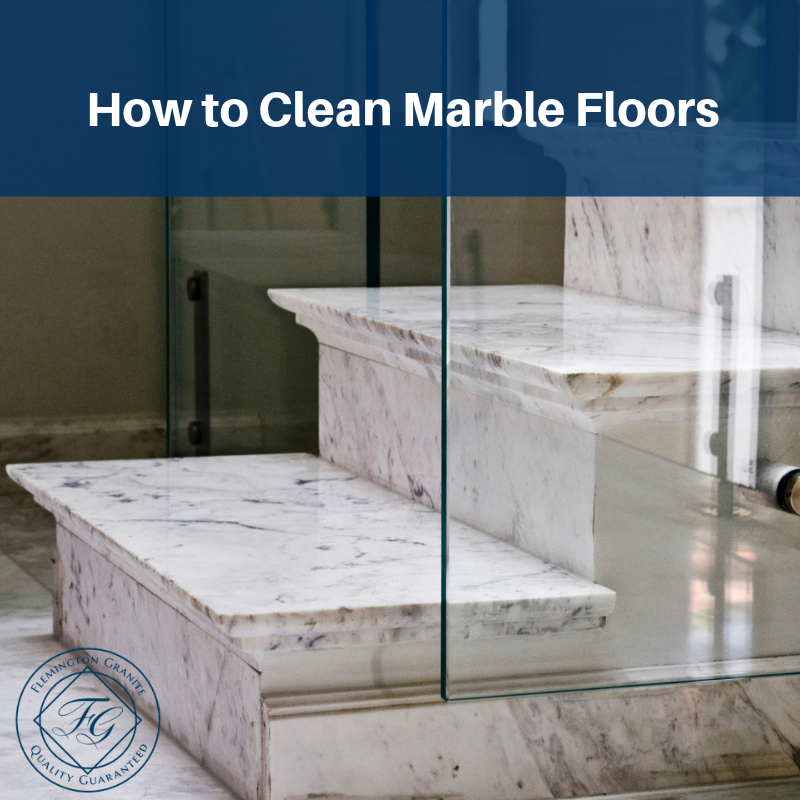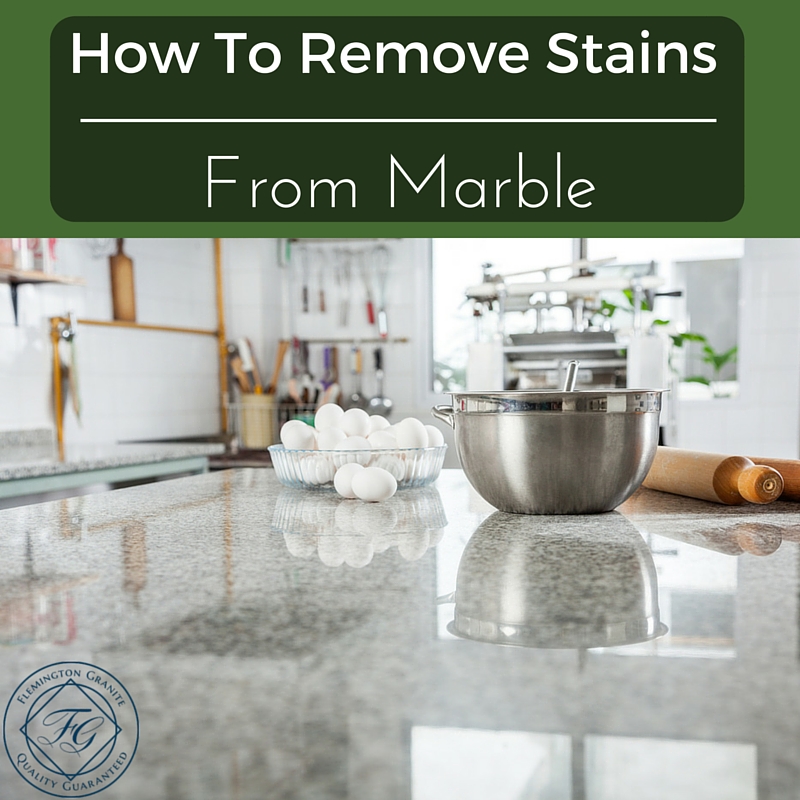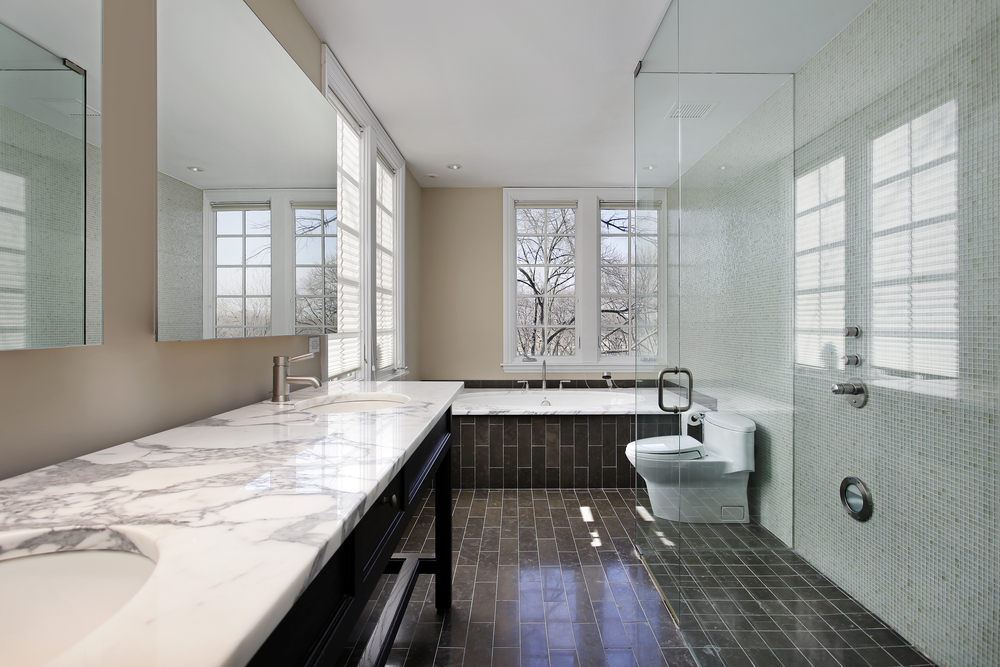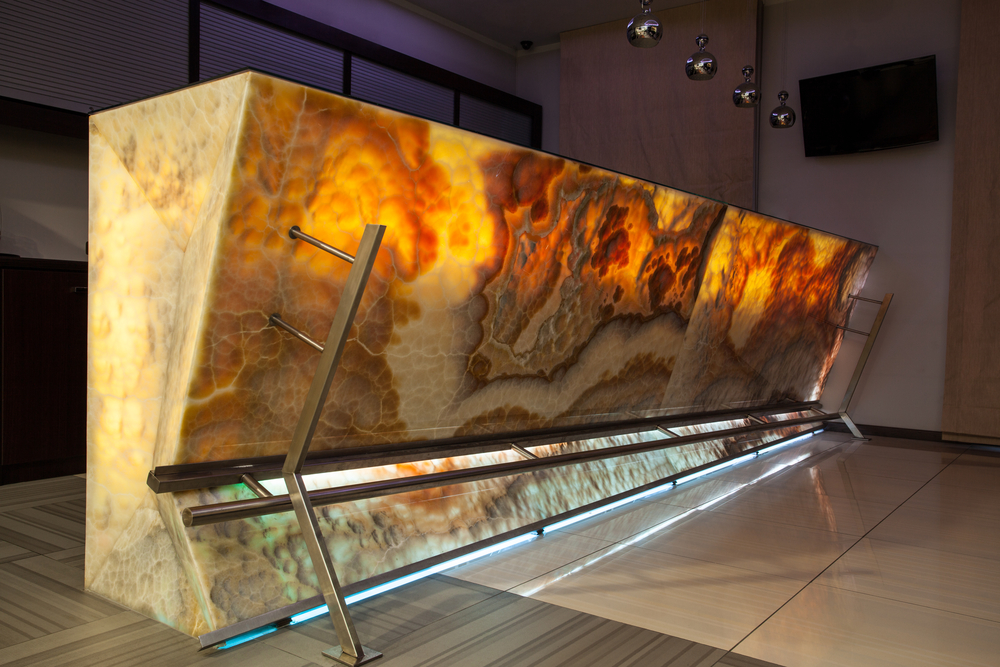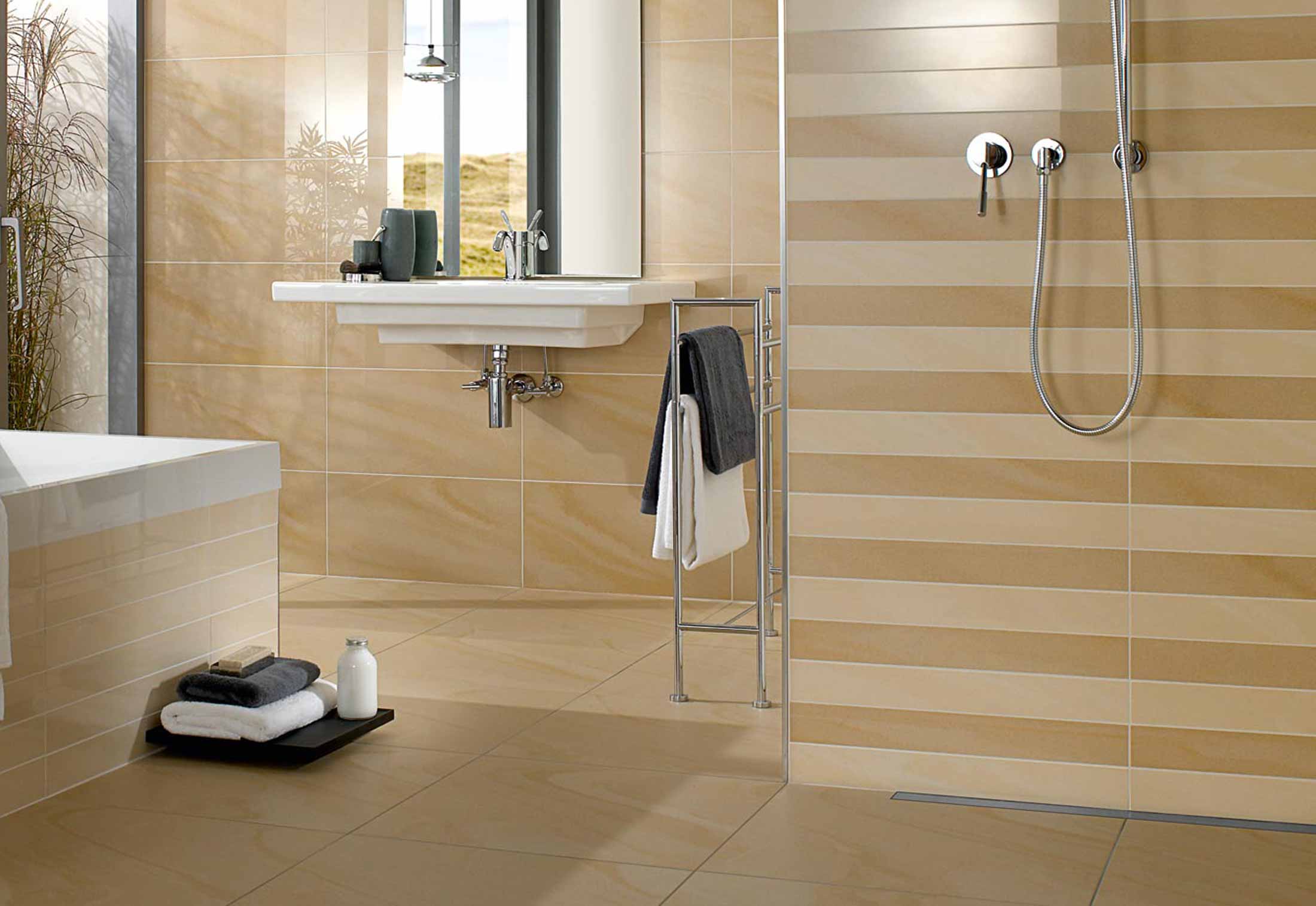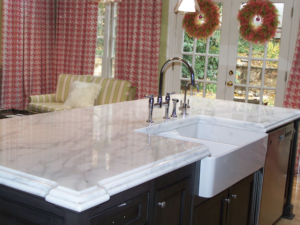Marble may be one of the most recognizable natural stones available and the fact that it has been used as a building material for thousands of years attests to its durability and beauty. Marble fireplaces can be found in homes built hundreds of years ago but they have made a comeback in recent years. Although marble is durable, it is very porous and much softer than granite or other types of stone. It is prone to staining unless it is maintained properly. These tips will help you keep your marble fireplace clean and looking as stunning as it did the day it was installed.
Oil-Based Stains
If you have noticed dark stains on your marble fireplace, you may be seeing the results of an oil-based stain. This could be grease, tar, cooking oil, milk or cosmetics, some of which may be the result of burning the fireplace and others due to spills from people near the fireplace. Oil-based stones need to be cleaned quickly to avoid staining. Use a soft, liquid cleaner and bleach, household detergent, ammonia, mineral spirits or acetone to pull oil-based stains from your marble. You can also create a poultice of baking soda and water or purchase a commercial poultice material that may be mixed with mineral spirits.
Organic Materials
Your fireplace can be stained by organic materials as well. Coffee, tea or food spilled on the fireplace or the use of tobacco near the marble can lead to staining. The color of the stain may depend on what type of substance caused it. Food like tomato based sauces or wine may leave a pink-colored stain while coffee, tobacco or tea will leave a stain that with brown coloring. Create a solution of 12 percent hydrogen peroxide, water and a small amount of ammonia to remove the stain. The hydrogen peroxide should be the same strength as that used in hair dye.
Water Stains
If someone leaves a glass sitting on your fireplace or spills water across the surface of the granite, it can leave a stain. The stain will look very similar to a water stain on wooden furniture. You can remove the spots with a dry 0000 steel wool pad. Be careful not to scrub too hard to avoid scratching the surface of the marble.
Markers and Ink
If your child decided to decorate your mantle using felt-tip markers, Biro pens or other types of ink, your marble may still be salvageable. If your fireplace is of light marble, use bleach or hydrogen peroxide in small quantities to prevent stripping the color. If your marble is dark, you can use acetone or lacquer thinner to remove the ink.
Paint Drips
No matter how careful you try to be when you paint, you inevitably drip paint from the brush or roller. If you neglected to see the paint in time to wipe it up while it is wet, you can still remove it from your marble fireplace. You may be able to simple scrape the dried paint with a blade or a small amount of acetone. If the spill is fairly large, you will need to use commercial paint stripper with lye or caustic soda. Never use acid or flames to remove the paint from marble. You may want to seek the help of a professional if the paint spill is significant, especially if it is oil-based paint as this may cause an additional stain even when the paint itself is removed.
Soot and Fire Residue
Burning a fireplace causes soot and other fire residue to be dispersed throughout the room. Black or gray streaks could mean your marble has soot stains. These can easily be cleaned using mild soap and warm water on a regular basis. If you had an incident with your fireplace that has led to burns in your marble, you will need to seek the assistance of a professional who may use special smoke and burn removers to bring your fireplace back to its original beauty.
Rust or Other Metal Stains
Decorative fire tools look beautiful sitting next to the fireplace, but they can lead to staining. Metal can lead to rust from iron, copper or stainless steel. Nails and screws near the fireplace can also lead to rust stains. Iron and rust appear to be orange or brown while copper and bronze have a green or muddy brown tint. To remove metal stains, create a poultice using a liquid cleaner mixed with a white absorbent material to form a paste. Copper stains can be removed using a poultice of commercial poultice powder mixed with ammonia while iron or rust can be removed using a poultice made from diatomaceous earth and rust remover. It may take several treatments to completely remove the stain although a deep stain may require a professional to remove it.
Mold and Mildew
If the room where your fireplace is located is damp, like in a basement, you may notice powdery brown or green substances on the surface. This can be mold, mildew or fungi. You can create a solution of ½ cup ammonia, bleach or hydrogen peroxide in a gallon of water to remove the stains. Never mix ammonia and bleach as it can create a lethal toxic gas. Choose only one of the three options for your solution.
Regular Cleaning
You can keep your marble fireplace looking beautiful with some simple tips. Always use a soft microfiber cloth to remove dust and dirt. Only use warm, not hot, water and lightly rub any stains with the cloth, increasing pressure if the stain is difficult. Rinse the cloth often to prevent streaking. If possible, use distilled water as impurities can lead to staining as well. Once it is clean, dry with a soft cloth as air-drying can lead to streaks or water spots. Do not use white vinegar or limescale removers. These products contain acids that may damage the surface. Baking soda should be used carefully as it is abrasive and could damage the finish. Marble wax can be added to bring out more of the shine as well.
Using a Poultice
Your poultice should be the consistency of peanut butter or toothpaste. Dampen the stained area with warm water and spread the poultice over the stain. You will want it to be about a half-inch thick and overlap somewhat over the sides. Cover the poultice with a plastic bag or plastic wrap and seal with tape. Let it dry for between 24 and 48 hours. You can lift a corner of the bag and wipe a small spot to see if the stain is still there after 24 hours. If it is, replace the small amount of poultice and cover it again, waiting another 24 hours. Once you feel the stain is gone, remove the poultice and clean the area with warm water. Dry with a soft cloth. If the stain is still visible, repeat the process as it may take several attempts to get stubborn stains out.
If you need assistance getting stains out of your marble fireplace, contact us today. We can help guide you through the process and get your marble fireplace back to its beautiful condition. Call or fill out the easy online form today.





